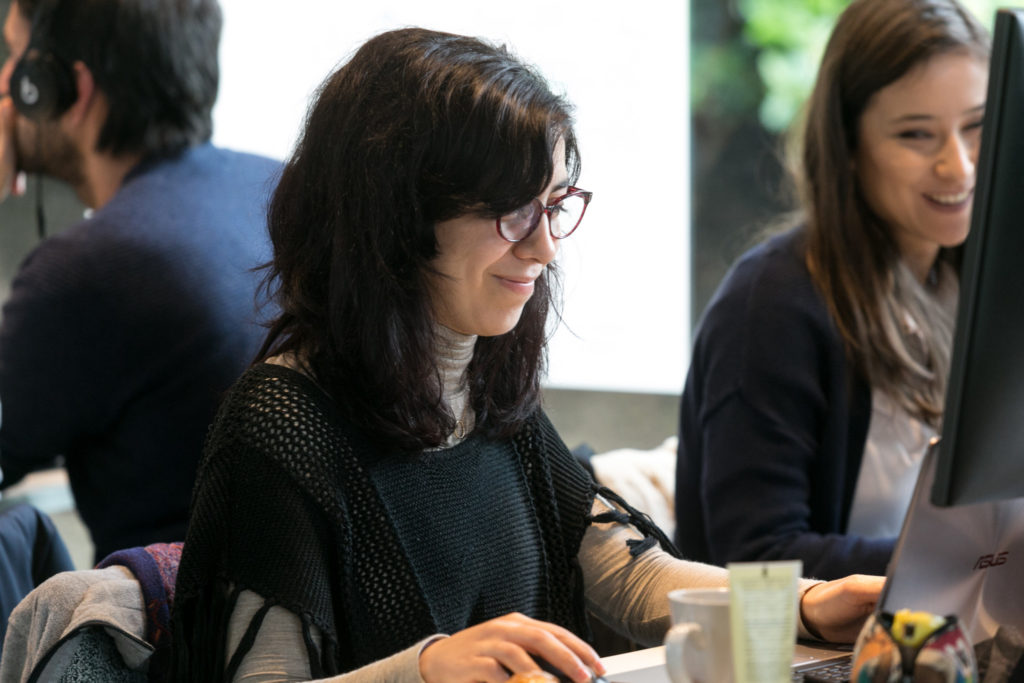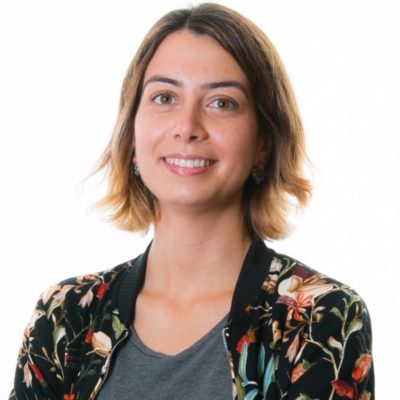Blog Post
Looking down at the earth with artificial intelligence
When we look at the sky, we realise how tiny we are in this universe. All our eyes look up above in contemplation, searching for something. But it is when looking down at ourselves that we realise how broad this world of ours is, how varied and connected. Observing the earth from space can give us extraordinary insight. It provides us with information to analyse the present, but, most importantly, to foresee the future.
Technology advancements are our scientific crystal ball: with the growing accuracy of the available data, many bright minds have been able to contribute to the advancement of society itself. And Pi School is the place where those professionals meet, to develop some of the most exciting ideas, and transform them into applicable concepts.

The European Space Agency (ESA) brought a challenge to Pi School related to earth observation data, specifically in the field of agriculture. A challenge to which the engineers Jamila Mifdal and Teodora Selea dedicated eight weeks in order to develop a proof of concept that will help monitor the crop fields all over Europe. The data for the project came from ESA’s Copernicus programme, which incorporates a series of satellites that produce a large amount of freely available data, useful in various domains, from climate change to urban planning.
Crop analysis from space
Agriculture represents the basis of the world’s food supply. There are challenges related to soil conditions, water availability and climate change that represent costly problems to farmers and threaten food security among populations.
The goal of the project is mainly associated with distinguishing between different types of crops a field contains (soybean, wheat, corn, etc.) from satellite images and using deep-learning techniques. Crop classification serves as a starting point for several use cases related to improving the current state of the art in the field of agriculture by using artificial intelligence.
Adding space-based observation data to more traditional crop-forecasting models allows one to make more accurate harvest predictions. It can also help farmers to monitor the health of their crops, and plan the application of products such as fertilisers. Moreover, it can help establish an action plan as well as compensation in the case of losses due to environmental disasters, such as fires or floods.
“Earth Observation offers valuable insight as it provides the opportunity to gather information on a global scale.” Jamila
Artificial intelligence opens endless opportunities
With the support of artificial intelligence, space-based technology is of great value to farmers, agronomists, food manufacturers, and policymakers. With the right tools, they can not only enhance production and profitability, but also work more sustainably, contributing to the big picture.
“By giving the users access to global data, Earth Observation empowers the community to create a sustainable living environment.” Teodora
At the end of the AI programme, Jamila and Teodora presented the results to a selected group of people, made up of sponsors and other AI researchers. They called their proof of concept “SmartCrop” and explained its utility for testing purposes.
Watch their final pitch, presented at the closing session of the School of AI 2019 Fall Edition, here:
-

Marta Romão
Social Media Marketing Specialist